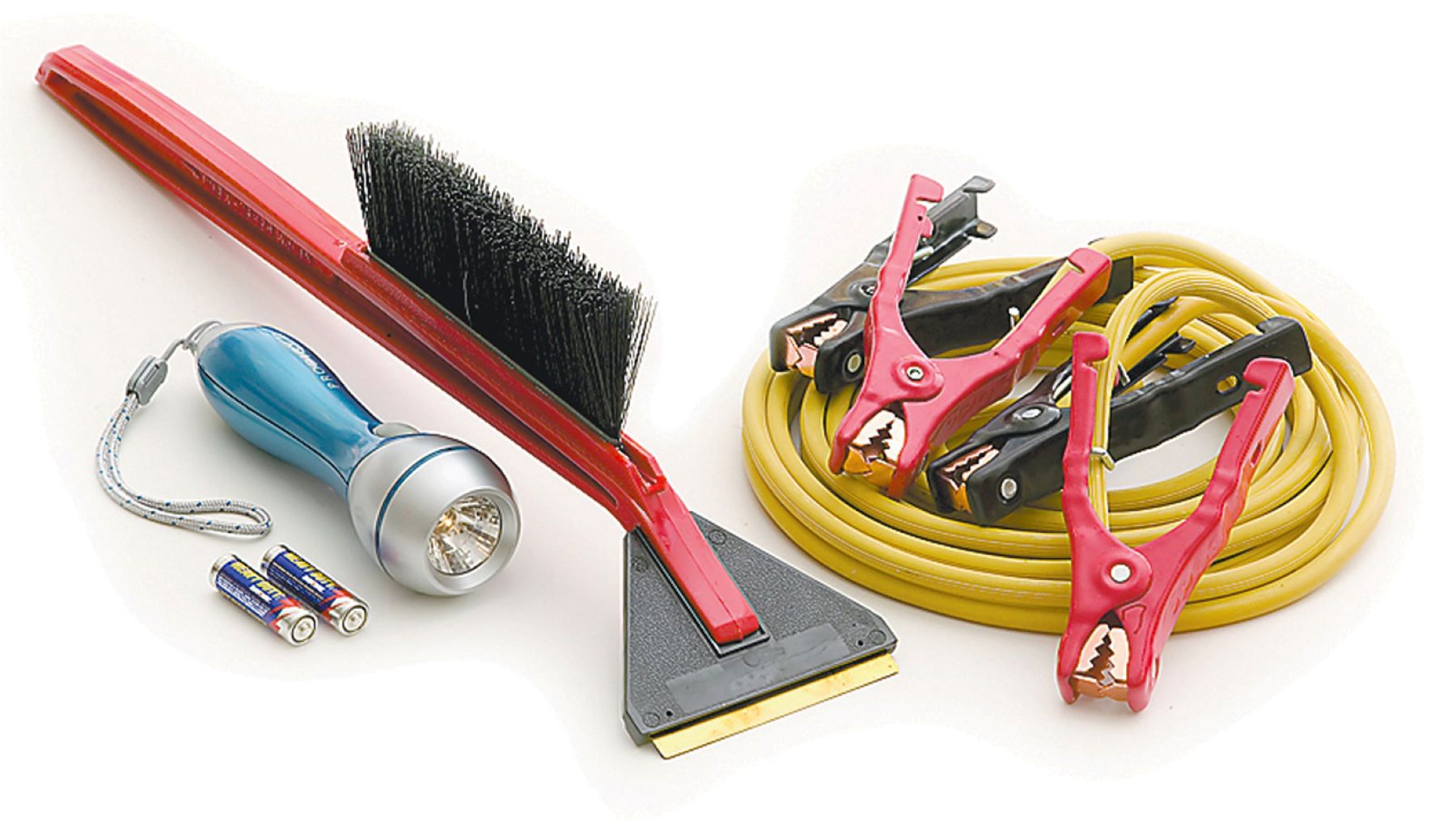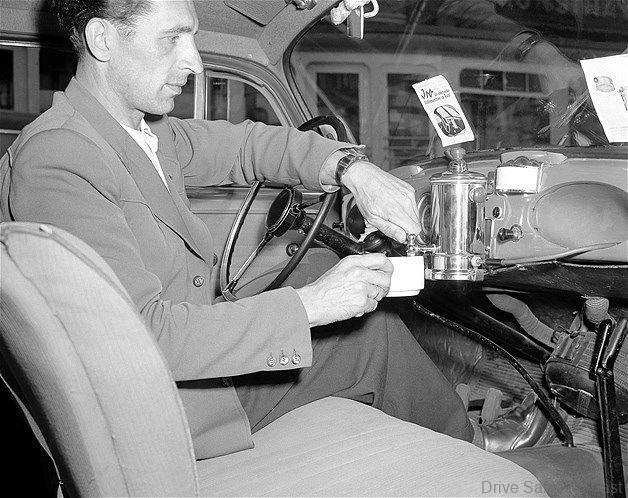
Looking for a family automobile? You've found the right place! We've looked at the most popular models, including the Toyota Corolla Touring Sports, Volkswagen T-Roc, Kia Telluride, and Nissan Juke, and found the best five for your needs. Below are our top picks for a family car. Consider larger SUVs like the Subaru Forester or Mazda CX-5 for larger families.
Nissan Juke
The Nissan Juke is small and compact crossover that can achieve great fuel economy. Because it is compact, the Nissan Juke is an excellent choice for families. It boasts a stunning interior with more space than its predecessor. The Juke's touchscreen measures eight inches and has enough space for adults in the back. The Juke comes standard with Bluetooth and cruise control. It's highly recommended for families, with a 5-star safety rating.
Volkswagen T-Roc
The Volkswagen T-Roc, a family car that has a large trunk and is fuel-efficient, is for you. This five-seater features a comfortable, spacious cabin with lots of connectivity. The dashboard has been upgraded with soft-touch materials and plush materials. It has a digital instrument panel and a large, ergonomically-designed infotainment screen. It runs VW's Android Auto compatible operating system. And because the car is designed to be practical, it offers a big boot capacity.

Toyota Corolla Touring Sports
The 2019 Toyota Corolla Touring Sports is the firm's new estate version of the popular family hatchback. The Corolla badge remains, although it has been replaced by the Auris Touring Sports. The basic formula remains the same, but the hybrid powertrain gives it lower fuel and tax costs. The new estate makes a great choice for families. It performs well, and it handles well.
Kia Telluride
The Kia Telluride, which can accommodate seven or eight passengers and provides ample cargo space, is the right vehicle for you. The LX trim features advanced safety and driver assist features. The cabin is modern, comfortable, and offers a great view of the outward. Telluride, despite its size, has enough space for tall passengers to relax and enjoy the ride.
Hyundai Sonata
The Hyundai Sonata, the latest version, is a drastic departure from the simple and handsome models of the past. It features a wide grille that looks more expensive than it actually is. It even has an optional rear air conditioning vent! You can read on to find out about Hyundai Sonata features. The Sonata is a great car. Its low center-of-gravity makes it an attractive choice for both young drivers and older drivers.
Kia Motors Optima
The Kia Optima family car is reliable. Its base engine is both powerful and efficient. You can also opt for a turbocharged 1.6-liter engine for more power, though it only comes with the SX trim. The car's NVH levels remain low and it offers a smooth ride even with the turbo. The Optima has a better fuel economy than most midsize sedans.

Volvo XC40
The Volvo XC40 is an excellent family car, but there are a few features you might want to upgrade. First, the seats offer some of the best support in the business. R-Design seating offers a spectacular view of the bonnet. Large side and rear mirrors offer panoramic views. Two reverse cameras are available and the doors have an imposing jaunt. The 360-degree surround view monitor allows you to see everything behind the wheel.
FAQ
What length is an automotive mechanic apprenticeship?
It takes three years to complete an apprenticeship as an automotive mechanic. This includes two years at school and two years working as an apprentice. The first year of training is spent in the trade. This includes theory and practical skills as well as safety procedures. This year, you will also learn how to safely and efficiently use tools. After you have completed the first year of training, you will be able to spend an additional year on-the job learning different trades. These are also the times you can attend formal courses.
The final year of the program is spent gaining qualifications and becoming certified in the field. These include NVQs. They are awarded after passing exams on specific topics within the industry. In addition, there are HNCs (Higher National Certificates) that cover general subjects such as management, business administration, and customer service. City & Guilds certificates can be obtained for individuals who want to learn certain trades.
What qualifications are required to become a truck mechanic
You don't have formal qualifications for this role, but you are very experienced working on trucks and engines. You are a valuable asset as you can quickly diagnose and solve problems efficiently.
Additionally, you have a solid knowledge of diesel technology that will enable you to determine what parts are necessary to repair our vehicles.
Is it worth being a mechanic.
This question is dependent on your life goals. If you are looking to make money, then yes. But if meaning and purpose is what you seek, then no.
If you don’t have any mechanical skills, it’s pointless to get into it. It will just waste your time. It's not going to make you rich. It won't make you famous. You won't be famous.
This would require you to spend many years learning how to properly do everything. This would mean that you would have to pay someone else for your car's repair. Most people won't bother to do it. They find something else to do.
You can make a lot of money if you are looking to do well. If you are looking for a fulfilling life, however, then stay clear of the mechanics' industry.
Are you looking for a career as an automotive mechanic?
Automotive is an exciting industry filled with opportunities for people who are committed to excellence. The best way to succeed in this field is by working hard and learning as much as possible from others.
Because you will be spending most of your time communicating with customers and employees, you will need excellent communication skills. You should also be willing to travel and work long hours, making commuting difficult.
Take classes at community colleges or universities if you're interested to work in automotive. Many schools have programs that are specifically tailored for students who are interested in automotive sales, repair, and customer service.
You should choose to study mechanical engineering if you want to get a degree. It is possible to earn a bachelor’s degree in only four years.
Many companies will also hire graduates right out of school. Therefore, it is a good idea to look for employment while still pursuing part-time studies.
After you complete your education, you may need to undergo some type of training before you can become an automotive technician.
This means you'll need to pass exams such as the Automotive Service Excellence (ASE) certification exam. This test covers topics including engine maintenance, brakes, steering systems, suspension, and more.
After passing the ASE test you can apply for a National Institute for Automotive Service Excellence (NIASE) license.
A license allows you to perform repairs on vehicles owned by private individuals. You will be compensated based on how many services you performed.
Not all states require licensing. You will need a license if you want to work in a different state.
Some states don't issue licenses until after completing a certain amount of training. If this applies to you, then you may need to find another option.
Statistics
- There were 749,900 jobs available for automotive service technicians and mechanics in 2016, which is expected to grow by six percent through 2026. (jobhero.com)
- Apprentice mechanics earn significantly less hourly than mechanics who have completed training, with a median wage of approximately $14.50 an hour, according to PayScale. (jobhero.com)
- According to the BLS, the median annual salary for automotive service technicians and mechanics in the United States was $44,050 in May 2020. (uti.edu)
External Links
How To
How to properly diagnose your car for repair
The symptoms of your vehicle are the first thing you need to look at in order to determine whether it is in dire need of repairs. Follow these steps to properly diagnose your vehicle.
-
Check engine lights. You should inspect the dashboard lights, such as the engine light indicator and the oil pressure gauge. Also, check the battery light indicator. It could indicate that your vehicle is having problems.
-
Take a look at the treads. Tires can become worn and cause problems in handling and braking. You should inspect the treads on your wheel. You should ensure that they are clean and smooth. This can be done by removing the wheels from the vehicle and taking them off. A flashlight can be used to check how worn the treads are.
-
You should always monitor the level brake fluid. You must keep track on the level of brake fluid in your vehicle. This will ensure your brakes function properly. Low brake fluid levels could cause your brakes to fail when you apply pressure.
-
The suspension system should be tested. A suspension system is designed to absorb vibrations and shocks. It gives you better control and allows for smoother accelerations and decelerations. If your vehicle has a suspension problem, it might feel wobbly or shake uncontrollably. If you are unsure if your vehicle is suffering from a suspension problem, put weight on the front and rear axles to check the movement.
-
Take a look at the steering column. Steering columns are used to connect the steering wheel to the rest of the vehicle's components. Steering columns can be damaged by accidents. If yours feels loose or shaky, you should replace it.
-
The exhaust pipe should be observed. The exhaust pipes are responsible for moving gases from the combustion chamber into the atmosphere. If the exhaust pipe is damaged or leaks, harmful fumes can enter your cabin. Additionally, your tailpipe should be fixed immediately if it is bent.
-
Take a look at the underside of your hood. Look underneath your hood to see if anything looks strange. There could be fluid leaking from your engine. If you smell something strange coming from your engine compartment you should call a professional technician.
-
The air filter should be checked. The vehicle's outside environment may cause the air filter to collect dust and debris. A dirty air filter causes your vehicle to run poorly. Replace your air filter regularly.
-
Check the fan belt. The fan belt is the link between the engine and the transmission. The engine will not turn if the fan belt breaks. The process of replacing the belt is straightforward. You will need a screwdriver, pliers and a pair of pliers.
-
Make sure you inspect the radiator hoses and hoses. The radiatorhose carries water from your radiator to the engine. It can cause hot liquid to leak onto the engine if it is damaged or cracked. Repairing the hose is easy with a pair of needlenose pliers or a small wire brush.
-
You should inspect the windshield wipers. Windshield wipers use electricity to wipe away rain and snow. If they stop working, streaks could be left on your glass. The solution is to change the washer fluid.
-
The battery cables should be checked. Your car's electrical system is powered by batteries. Make sure you disconnect the negative cable before replacing batteries. Failure to do so can damage your alternator.
-
You should check the headlights. Headlights are used to illuminate the road ahead. Poor visibility can result if the headlights don't function properly. Check the bulbs to see if they've burned out.
-
Always check your lights. When you approach them at night, the lights warn other drivers. It could cause distraction and even lead to an accident if it doesn't work.
-
Check your brakes. Brakes will reduce the speed of your car in case of an accident. If they aren't working correctly, you could lose control of your car and crash.
-
Change your oil. The oilkeeps your engine lubricated. It prevents metal parts from rusting too quickly. It is recommended that you change your oil at least once per month.